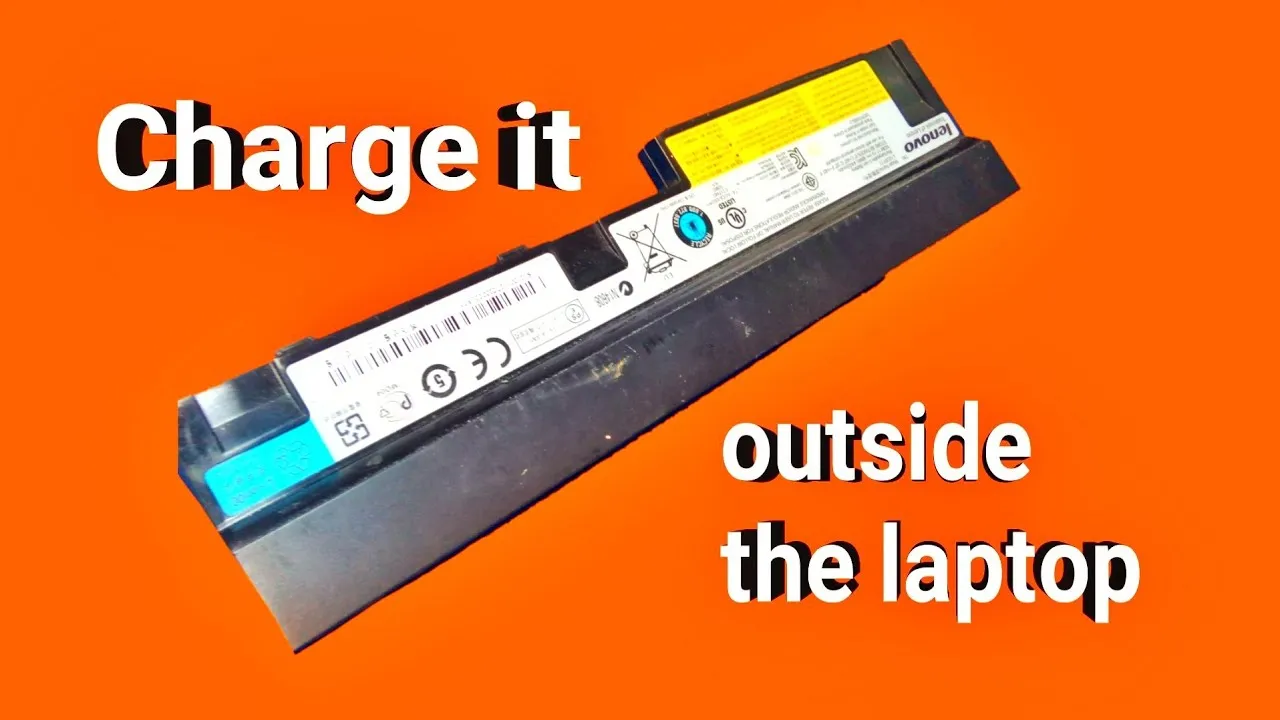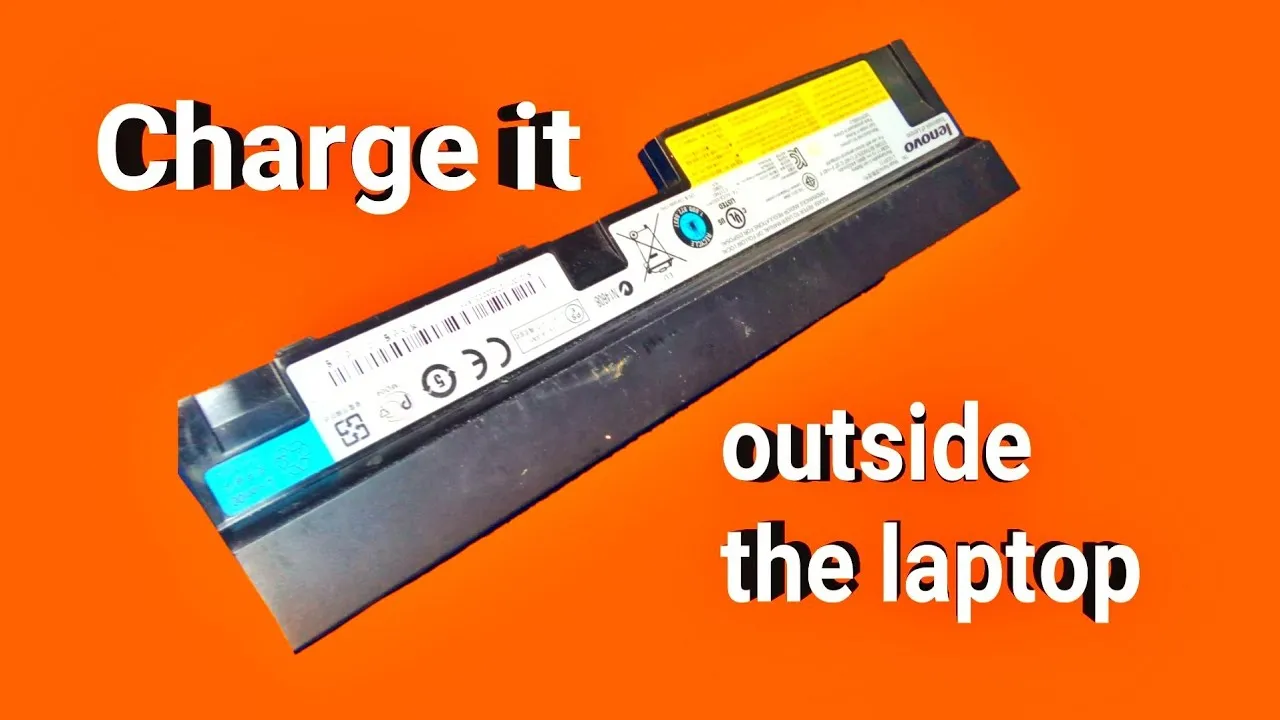
How to Charge Your Laptop Battery: A Comprehensive Guide
In today’s fast-paced digital world, our laptops serve as indispensable tools for work, study, and entertainment. To keep them running smoothly, understanding how to charge your laptop battery optimally is essential. In this guide, we’ll explore the best practices for charging your laptop battery to maximize its lifespan and performance.

Further Reading: How To Reset A Inspiron Dell Laptop
Understanding Laptop Battery Basics
Before delving into the charging process, let’s take a brief look at the fundamentals of laptop batteries:
Types of Laptop Batteries
Laptop batteries generally fall into two categories:
Check Out: How To Replace Ram On Laptop
- Lithium-ion (Li-ion): Commonly used in modern laptops due to their high energy density and lightweight design.
- Lithium-polymer (LiPo): Found in some laptops, LiPo batteries offer flexibility in shape but are less common.
Best Practices for Charging Your Laptop Battery
Optimizing your laptop battery’s lifespan involves following these guidelines:
1. Avoid Overcharging
- Overcharging can degrade battery health over time.
- Modern laptops typically feature built-in mechanisms to prevent overcharging by cutting off power when the battery reaches full capacity.
2. Maintain Moderate Temperatures
- High temperatures can accelerate battery degradation.
- Keep your laptop in a well-ventilated area to prevent overheating during charging.
3. Partial Discharges are Ideal
- Unlike older nickel-based batteries, lithium-ion batteries benefit from partial discharges rather than complete ones.
- Avoid letting your laptop battery drain completely before recharging.
4. Unplug When Fully Charged
- Once your laptop battery reaches full capacity, unplug the charger to prevent unnecessary stress on the battery.
Charging Methods: AC Adapter vs. USB-C Charging
Laptops can be charged using either an AC adapter or via USB-C. Here’s a comparison of the two methods:
Related Post: How To Replace Laptop Hard Drive
| Charging Method | Advantages | Disadvantages |
|---|---|---|
| AC Adapter | – Fast charging | – Requires a power outlet |
| – Compatible with most laptops | ||
| USB-C Charging | – Portability | – Slower charging speed |
| – Can charge multiple devices with one cable | – Compatibility varies among laptops |
FAQ Section
Q: Can I use my laptop while it’s charging?
A: Yes, using your laptop while it’s charging is perfectly fine and won’t harm the battery.
Q: Is it okay to leave my laptop plugged in all the time?
A: While it’s safe to leave your laptop plugged in, it’s advisable to let the battery discharge partially occasionally to maintain its health.
Q: How often should I calibrate my laptop battery?
A: Calibrating your laptop battery every 3-6 months helps ensure accurate battery level readings and optimal performance.
Q: Will using a third-party charger damage my laptop battery?
A: Using a third-party charger may affect your laptop’s battery life and performance. It’s best to use the manufacturer-recommended charger whenever possible.
Q: Should I remove the battery if I primarily use my laptop plugged in?
A: For laptops with removable batteries, leaving the battery in while using the laptop plugged in is generally fine. However, if you plan to store the laptop for an extended period, consider removing the battery to prevent overcharging.
Conclusion
By following these tips and best practices, you can extend the lifespan and maintain the performance of your laptop battery. Understanding how to charge your laptop battery properly is essential for ensuring uninterrupted productivity and enjoyment from your device. Incorporate these strategies into your routine to keep your laptop running smoothly for years to come.
Check Out: What Size Laptop For College
Further Reading: How To Connect A Laptop To A Pc

